advertisement
2 July 2024
Last week, we discussed the types of hovertrain cars we will 3D-print for this new floating gameboard. Let’s look at an individual car and what it takes to print one completely!
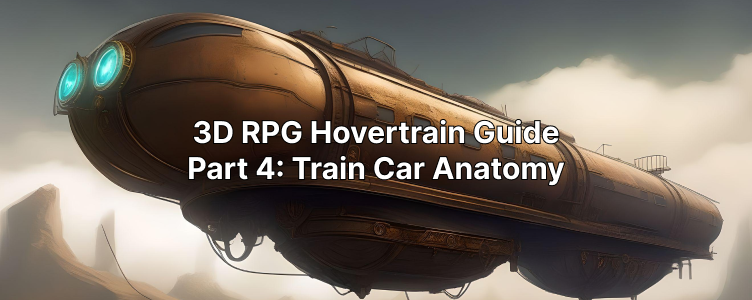
Each hovertrain car comprises several key pieces, so let’s take a closer look and show you how they come together to form a fully playable D20 game piece (e.g., “a DnD room”). We hope you find this process super interesting!
We also wanted to thank the Aether Studios team for being incredibly welcoming to our RPG hovertrain series and helping us along to our final DnD destination. Be sure to check out their monthly Patreon, which delivers an overflowing chest of 3D-printed goodies!
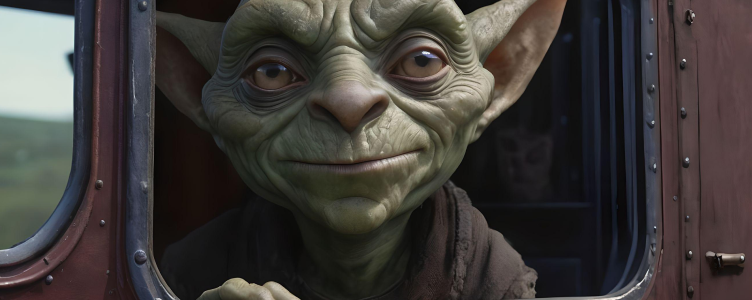
First, let’s check our overall 3D-printing progress for this fun floating series:







Last week, we fully 3D-printed and assembled the Cargo Car (minus the roof) here at 3DRPG Studios for today’s post. We also decided to add a Bath Car to our initial set. This week’s print goal is to complete the Sleeper Car (one of our favorites)!
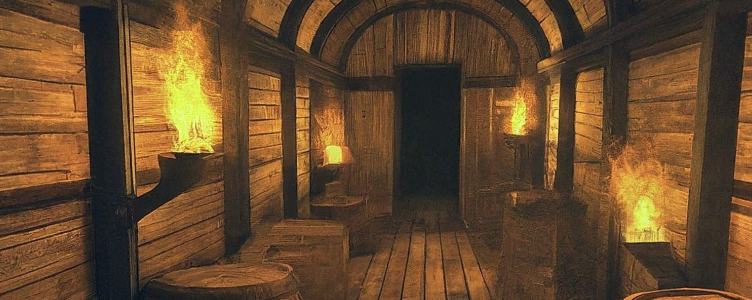
For today’s exercise, we’ll focus on the classic Cargo Car. After all, one of The Forgotten Rails’ core duties is to ensure commerce flows freely throughout the Sword Coast. We gotta get all those crates and boxes to their proper destinations! Plus, all sorts of fun, one-shot scenarios will ensue from this type of train car, but more on that in future posts.
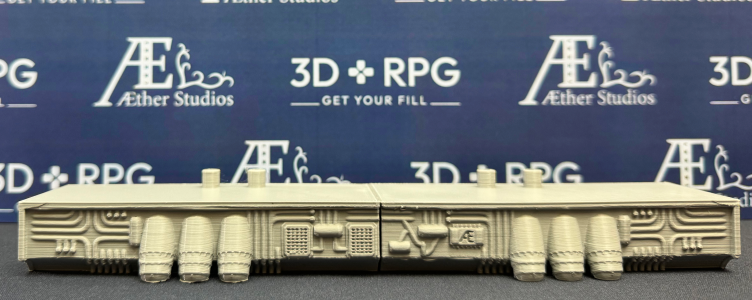
Everything starts with the base piece and its powerful hover engines. You’ll need four of these for each train car you make. We’ve sliced four of these bases on our Prusa plate and 3D-print a lot of them.
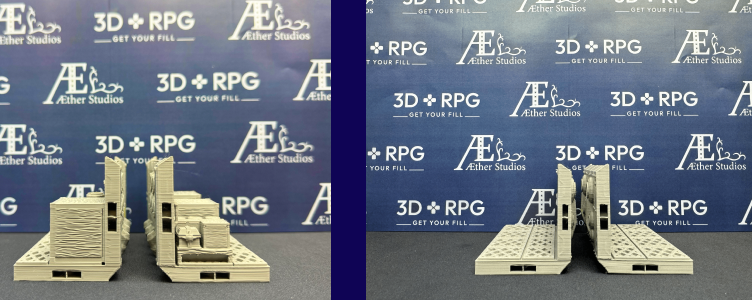
The next step is printing your train car’s core environment. In this case, it’s the Cargo Hold, but it could also be for any of the car types above, like the First-class or Prison cars. You will print four tiles: typically, there will be two “scenes” and two “open” cars.
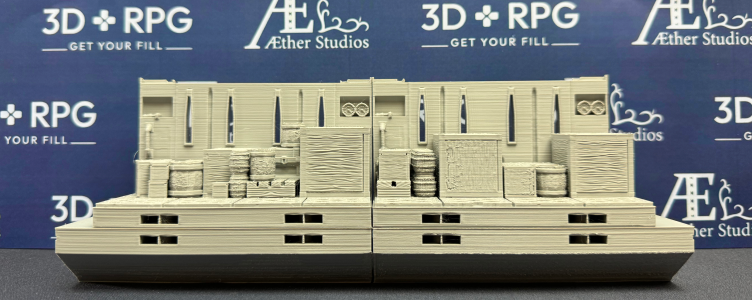
When these four pieces are snapped to the four bases above, you get the skeleton of your train car. Our hovertrain just got a bit taller!
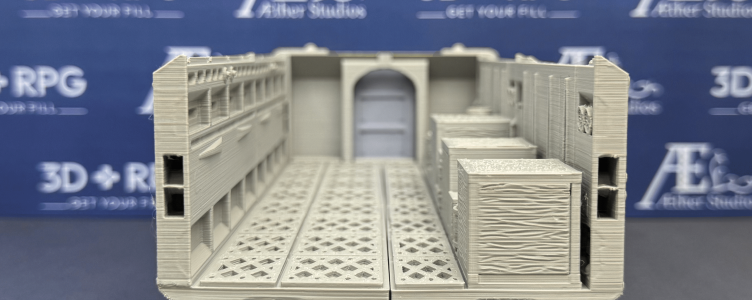
For layout purposes, we typically place the two “scene” tiles side-by-side and then two “open” tiles on the opposite end to have a nice open space to maneuver our minis within the train car. The “open” tiles allow enough room for an actual encounter. This playable tile functionality is huge to us and the main reason we picked Aether Studios as our go-to tile maker for all things hovertrain.
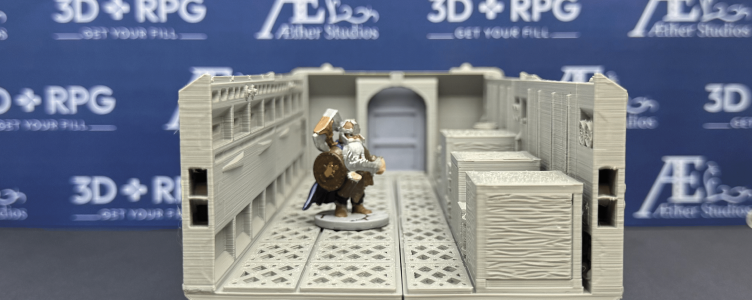
We want to place our train cars on the game table and then be able to easily move our miniatures around and give them a little breathing room. Our assembly allows at least two d20 minis side-by-side or a single large mini (2×2 d20 squares) to move freely throughout the hovertrain car. Combat sucks when minis are forced into singlefile.
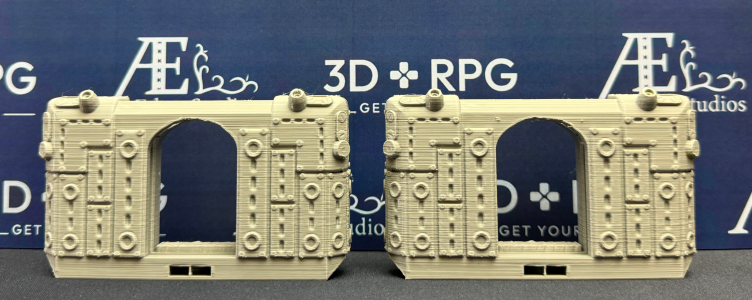
Next comes the skinnier endpiece on each side of the train car. Aether Studios has several cool doorframe options and entryway sizes (single or doublewide) across all their sets. We slice up a set of endcaps (six at a time on our Prusa MK4) and print them in a batch as needed.
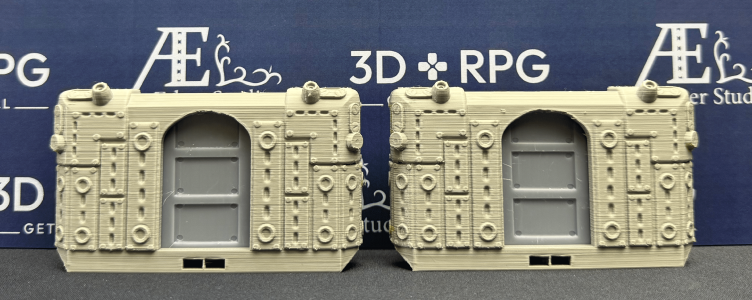
Like our endcaps, you also get plenty of door types, including a prison bar door, plated security door, tech door, and first-class door. The endcap design allows doors to easily slip in and out of the frame so that you can tailor your door type to the scenario. So good! We prefer to print our doors on our Anycubic resin printer.
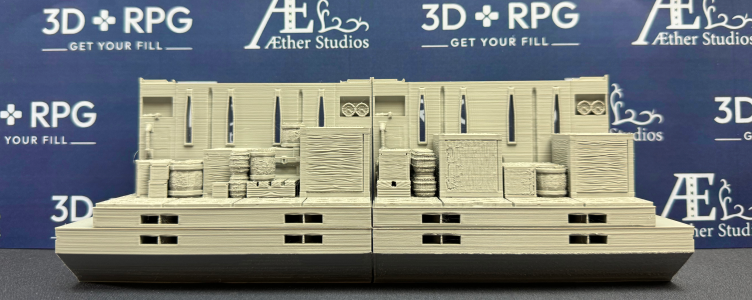
Regarding assembly, you can use the standard Dragonbite Compatible clips for increased modularity, and Bob’s your uncle. However, those connection clips can sometimes be too snug (making it harder to pull pieces apart) or too loose (leaving gaps in the pieces). And as you’ve seen from our other guides, we don’t like how temperamental those clip connectors are!

So, we clamped and glued each train car instead. Again, you don’t have to do this extra intense clamp step, but it makes the overall car quite sturdy. Besides, we’re an engineering and tech team by day, so would you expect anything less from the 3DRPG crew?!
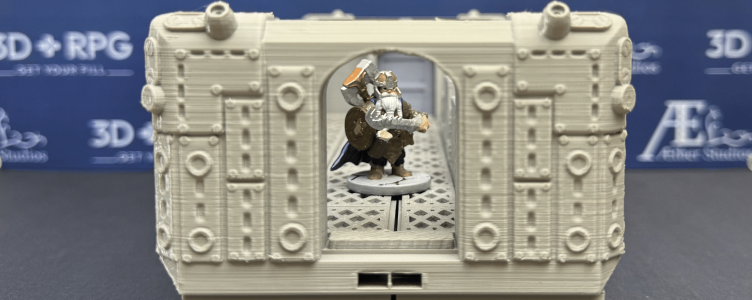
Each set also includes full car clip connectors (Cargo Car to Prison Car to First-class Car, etc.), but we’re pondering a home-brewed car-connecting clip that is either magnetic and/or via an interlocking pin mechanism. More on that to come!
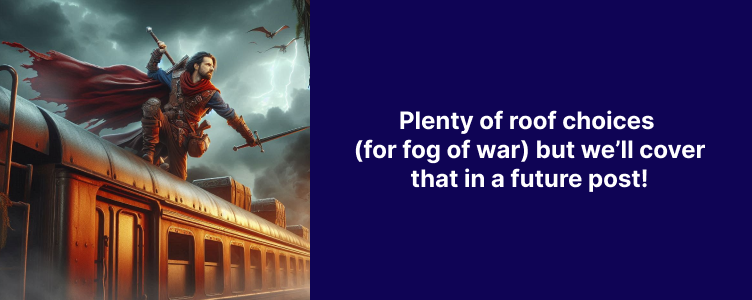
Lastly, there are many hovertrain roof options for fog of war gameplay, but we’re still debating which specific one(s) we will batch print and use for the initial hovertrain. Do we use the same roof across all the train cars or change it up based on car type? Decisions, decisions, decisions.
We’ve also assembled a quick video to demonstrate all these cool steps!
advertisement
View all results
advertisement
